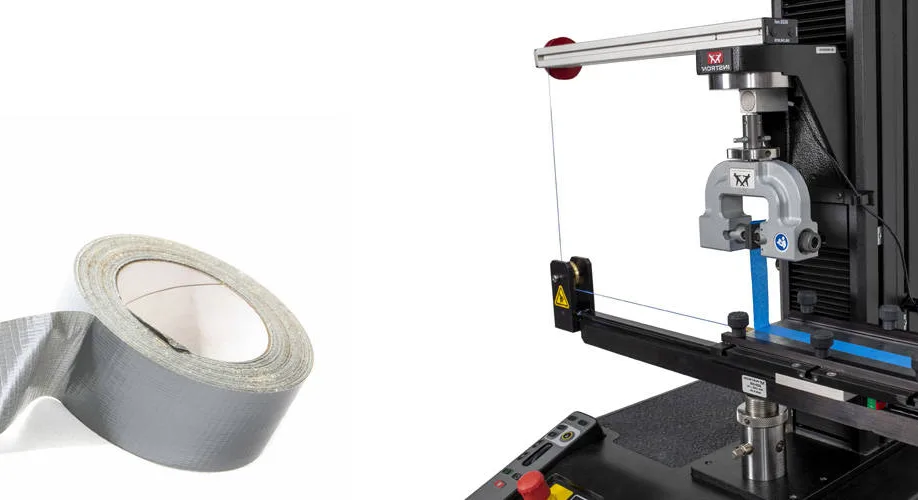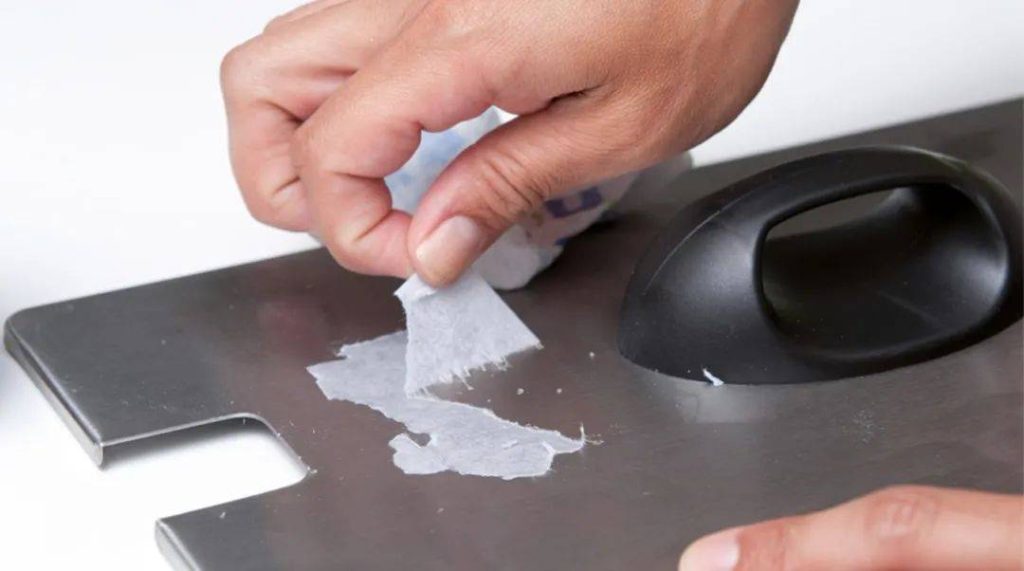Have you ever been caught in a situation where you needed the right type of tape but didn’t know which one to choose? Duct tape is a versatile tool in any toolkit, but its effectiveness depends on understanding its performance characteristics and proper usage. In this article, we’ll delve into everything you need to know about duct tape, from its performance metrics to why you shouldn’t use it for everything. You’ll walk away equipped with the insights needed to make informed decisions for your projects.
Performance Characteristics of Duct Tape
When it comes to choosing the right duct tape for specific tasks, awareness of its performance characteristics is crucial. These characteristics can be quantified through various testing methods. Here are some of the key metrics to consider:
Thickness
Thickness, measured in mils (thousandths of an inch), often influences perception of a tape’s strength. Thinner tapes are typically classified as economy or utility grades, ideal for everyday or general-purpose use. Conversely, thicker tapes are engineered with denser adhesive layers and robust backing, making them suitable for heavy-duty applications.
Adhesion to Steel (ATS)
Measured in ounces per inch, this metric indicates the amount of force necessary to remove the tape from a steel surface once applied. A higher ATS value suggests stronger adhesion. However, keep in mind that adhesion on steel might not directly correlate to adhesion on other materials such as brick, wood, or cardboard.
Tensile Strength
Expressed in pounds per inch, tensile strength refers to the amount of force required to break the tape. Higher tensile strength means the tape can endure more stress—essential for applications demanding durability, like automotive repairs or securing heavy loads.
Shear Strength
This metric, measured in minutes, evaluates a tape’s holding power or resistance to slippage. Particularly critical in HVAC applications where tape joins components together, shear strength ensures that duct tape can maintain a bond under varied conditions.
Tack
Tack indicates the initial grab of the adhesive when contacting a surface with minimal pressure. Here’s a quick tip: stickiness isn’t a catch-all for quality. A high tack does not always guarantee superior adhesion or shear performance.
Elongation
Expressed as a percentage, elongation measures how much a tape stretches lengthwise before breaking. Duct tapes with higher elongation percentages can accommodate movement and deformation better, making them more flexible in certain applications.
Adhesion to Backing
Also measured in ounces per inch, this characteristic gauges the tape’s ability to stick to itself. It’s particularly significant in layering scenarios, such as bundling or when employing shingled taping techniques.
Clean Removal
Clean removal reflects how easily tape can be removed without leaving residue behind. This property is essential in temporary applications, such as remodeling or restoration projects, where surface integrity must be maintained.
How is Duct Tape Tested?
Testing duct tape involves multiple methodologies aimed at ensuring the product meets required specifications for shear, stretch, strength, and adhesion. These tests are foundational for many types of tape, including duct tape, and help confirm performance reliability in real-world applications.
Physical Testing
Physical tests determine if the tape meets specified limits in crucial areas like shear strength, tensile strength, elongation, and adhesion. For duct tape, these tests ensure that the product will perform reliably when employed in various situations, from home repairs to industrial applications.

Application Testing
Application testing simulates the real-world conditions that duct tape will face. Test samples are applied to different surfaces such as vinyl, wood, metal, and even textiles. The tape is then subjected to environmental factors such as extreme temperatures, humidity, and UV light to test its durability over time. This assessment confirms whether the tape will hold, remove cleanly, and not leave behind adhesive residue.
Resistance Testing
Additional tests assess how well the tape holds up against specific adversities like abrasion from scrapers or exposure to water. In scenarios where duct tape is exposed to considerable wear and tear, these tests provide invaluable insights, assuring contractors and everyday users that their projects won’t be sabotaged by failing tape.
Related article: Laminated duct tape vs co-extruded duct tape.
Why Can’t Duct Tape Be Used for Taping Down Cables?
The Common Mistake
As tape experts, we notice repeated patterns in tape usage across industries, and one frequent misstep is using duct tape for applications meant for gaffer’s tape. Despite their similar appearances, these two tapes serve distinctly different purposes.
Gaffer’s Tape vs. Duct Tape
Gaffer’s tape, often seen in production and performance settings, is specifically designed for temporarily securing cables and wires. It offers a clean removal feature, ensuring surfaces such as floors and carpets are left undamaged. The adhesive used in gaffer’s tape allows it to stick firmly without leaving residue or peeling up paint when removed.
The Pitfalls of Duct Tape
Duct tape, on the other hand, excels in semi-permanent applications. It is built with a much stickier adhesive intended for tasks requiring a robust bond—making it less ideal for temporary needs. Applying duct tape to cables will often leave a messy adhesive residue on the floor or cables upon removal. Pulling up duct tape can lead to paint peeling, floor damage, and extended clean-up efforts. In professional settings, this can result in detrimental reviews and complaints.
Prioritize the Right Tape
With its aggressive adhesive, duct tape should be reserved for repairs and permanent bonds. If your project involves securing cables or protecting delicate surfaces, opt for gaffer’s tape to avoid sticky disasters.
Conclusion
In this exploration of duct tape, we’ve highlighted the critical performance characteristics, testing methodologies, and common usage pitfalls. Understanding these elements can enhance your selection process and ensure you choose the right type for your needs.
At Fonitaniya Tape, we’ve been dedicated to providing high-quality adhesive solutions for over 15 years. We take pride in our innovative painter’s and masking tapes, continuously adapting to industry needs. Whether you are a contractor, DIY enthusiast, or just looking for the right tape for the job, you can trust Fonitaniya™ to deliver quality adhesives that perform.
FAQs
What is duct tape made of?
Duct tape typically consists of a polyethylene backing, a cloth layer, and a robust adhesive.
Can duct tape be used outdoors?
Many duct tapes are suitable for outdoor use, but check for moisture and UV resistance.
How long does duct tape last?
Duct tape can last years when properly stored and used, depending on conditions.
Is duct tape waterproof?
Most duct tapes are water-resistant, but consult the specifications for specific performances.
Can I paint over duct tape?
You can paint over duct tape, but ensure the adhesive is dry for optimal results.




